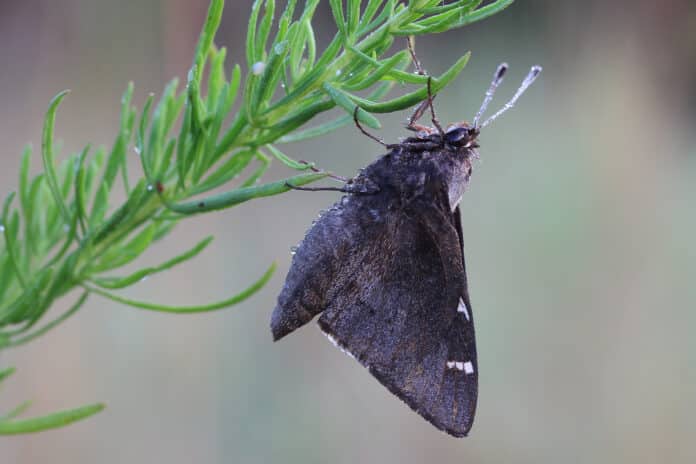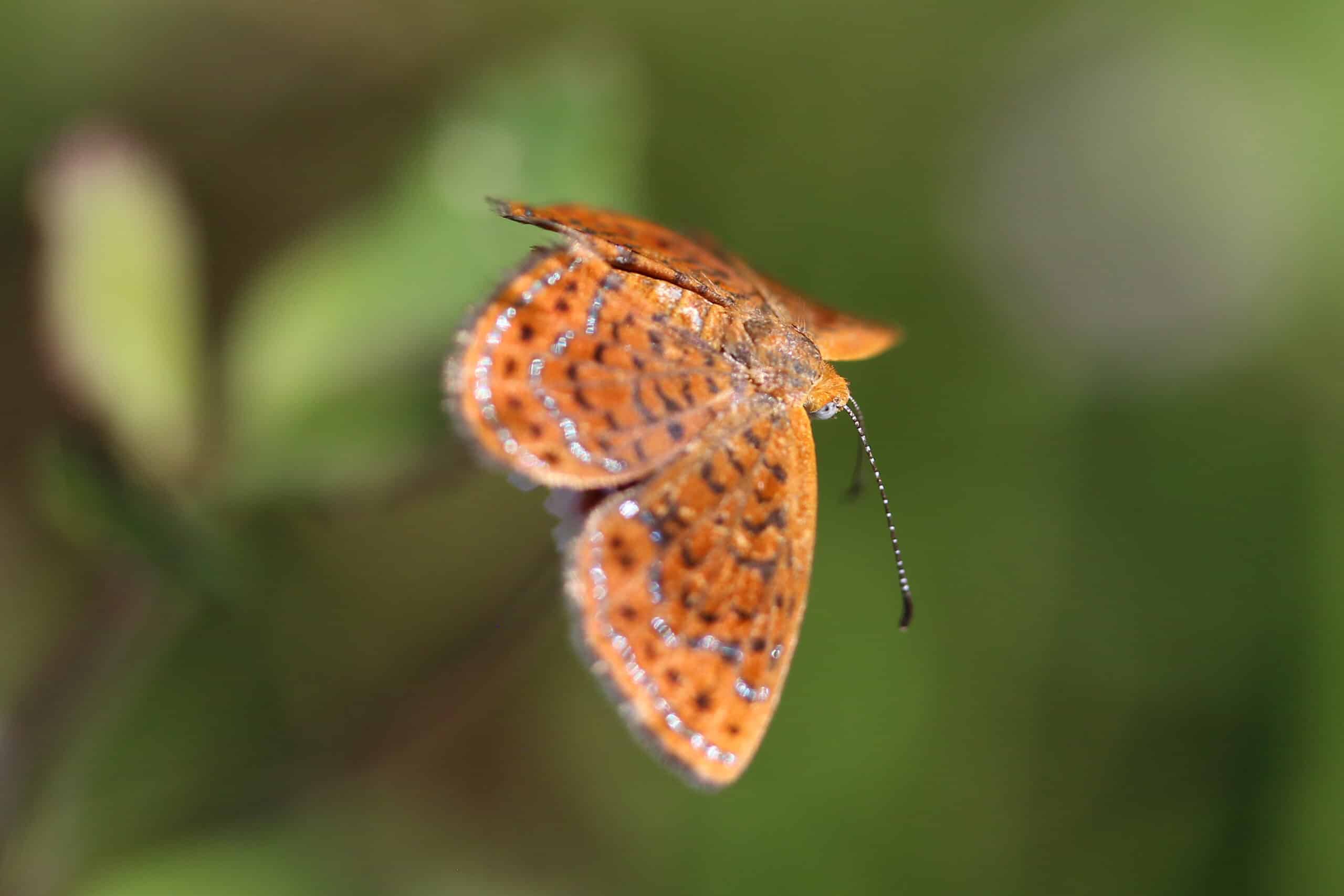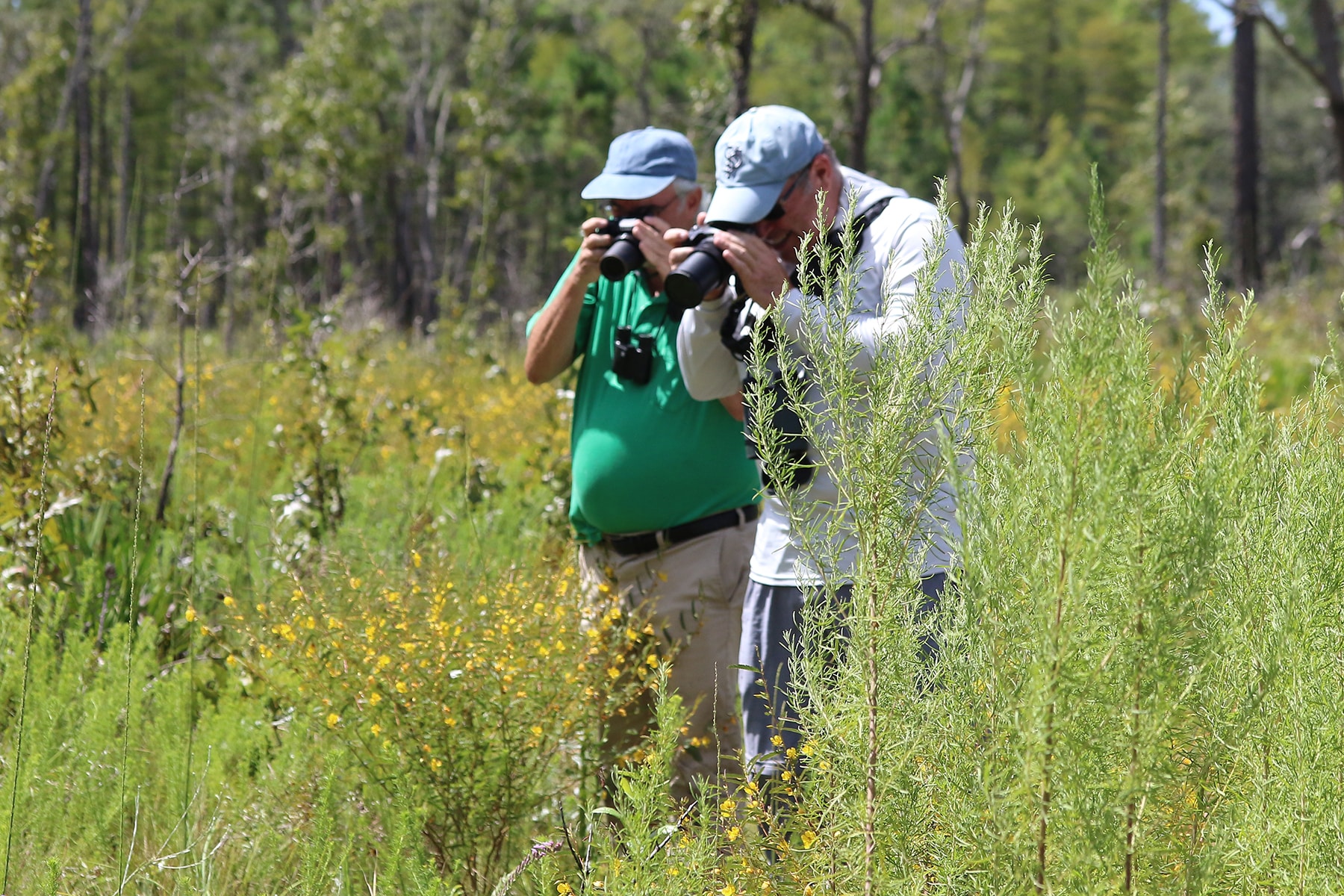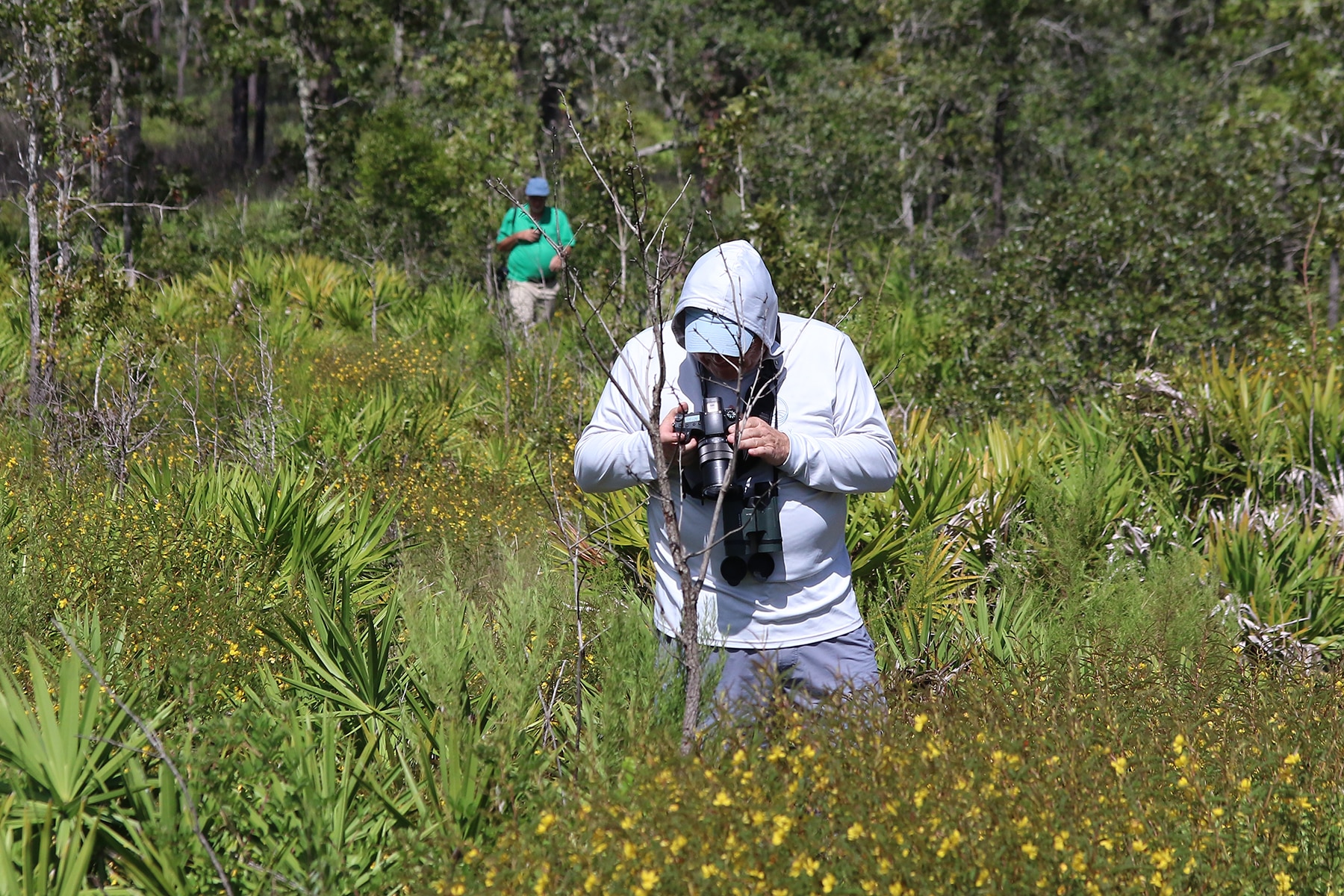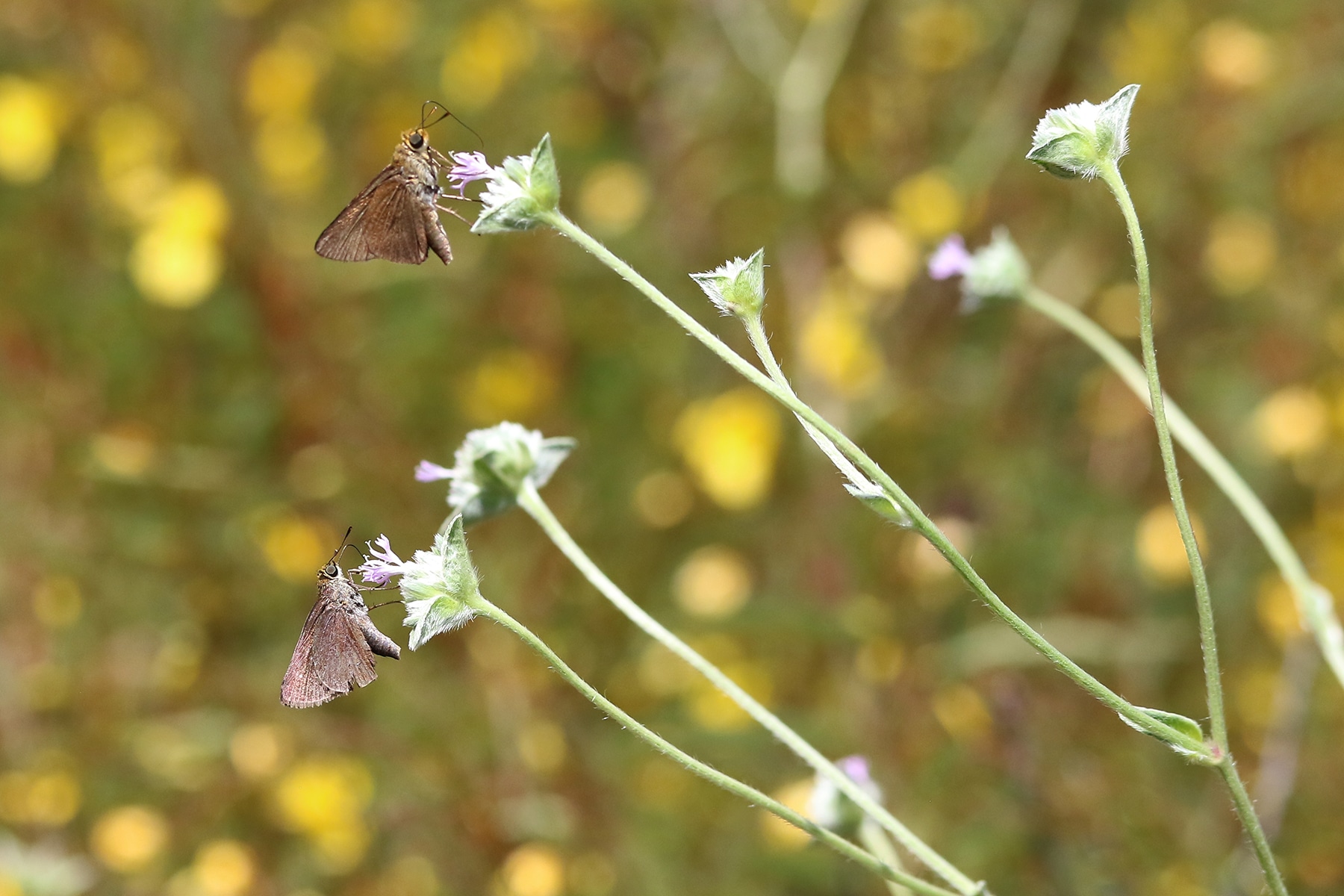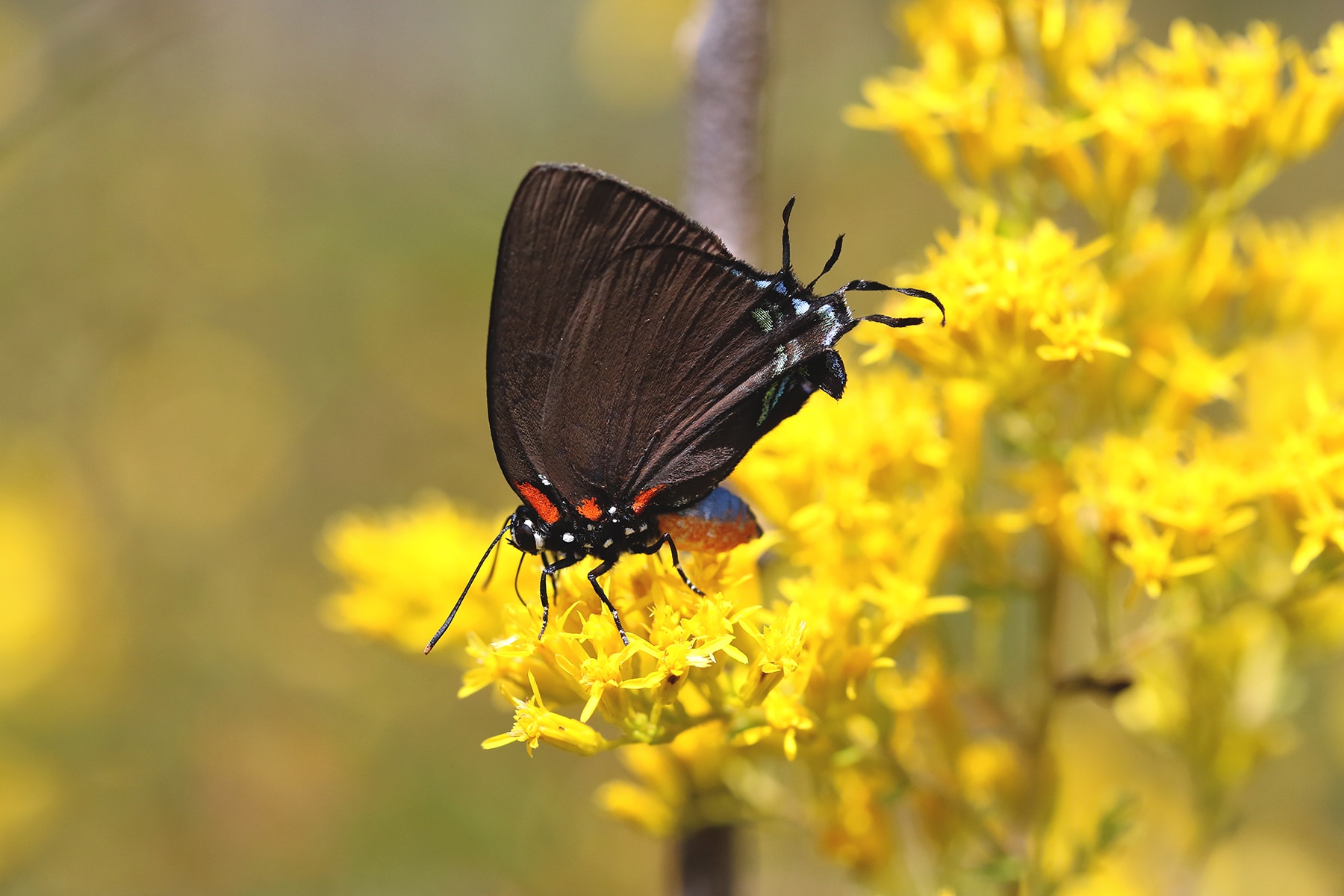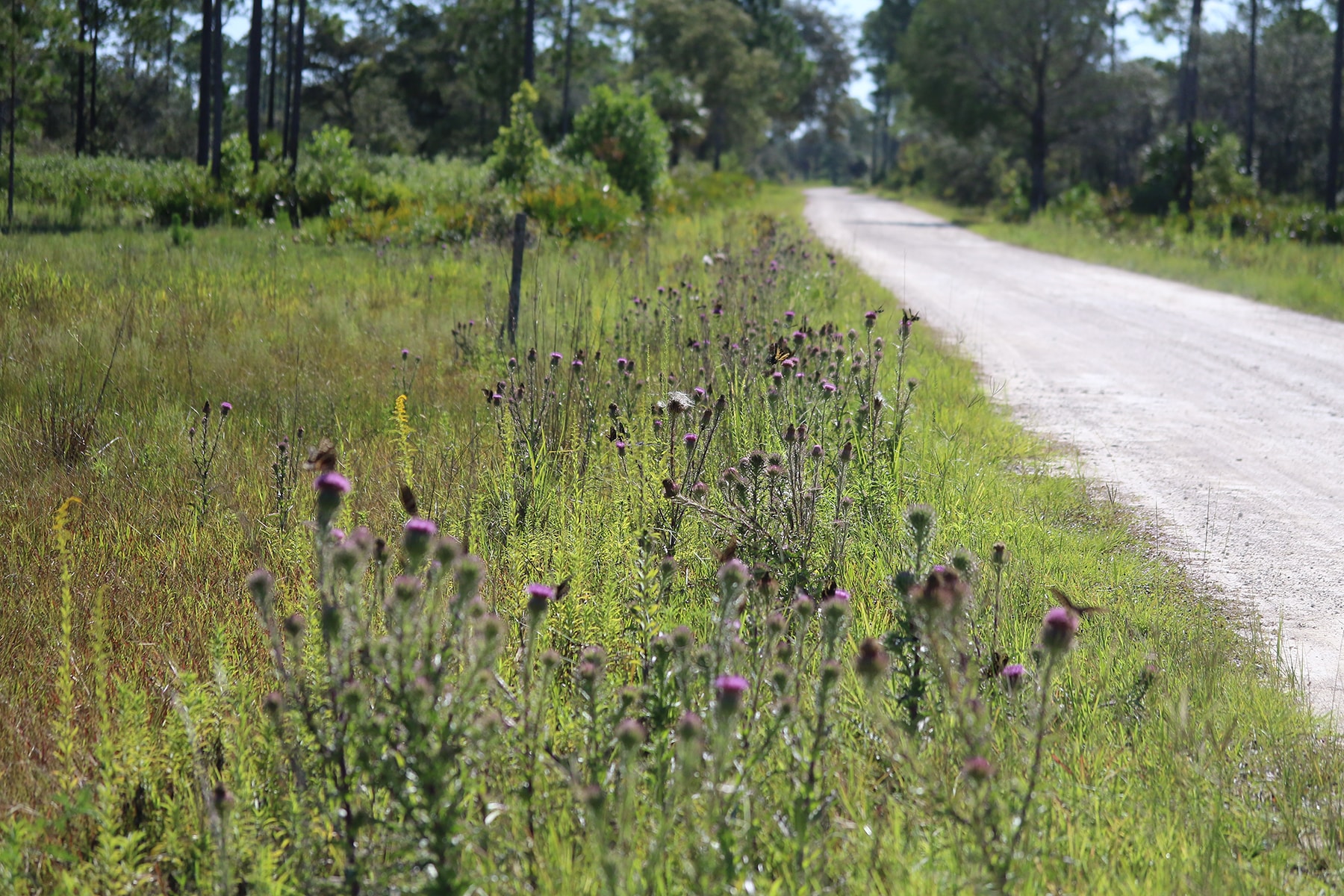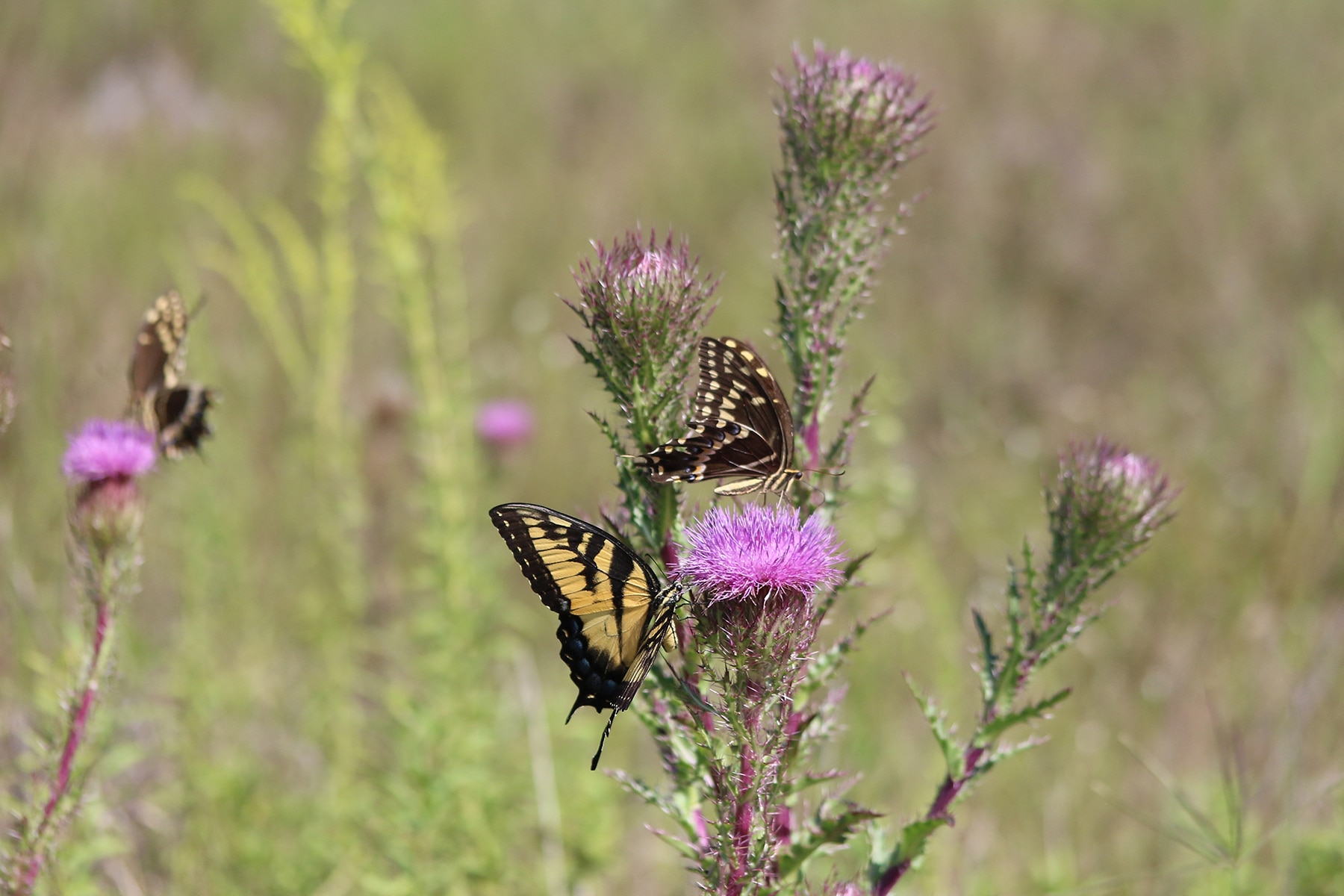Being a naturalist, you make friends quickly, and those friends can take you on amazing adventures. Let me introduce you to Bill Pranty and Don Fraser.
I met Bill at a bird outing years ago and have kept in touch since, and on last year’s unofficial bio blitz at Aripeka Sandhills Preserve, my friend Karen and I met Don. These two men have a wealth of knowledge and experience to support their love of the outdoors and all the creatures in it!
Bill compiled bird sightings statewide for the Florida Ornithological Society from 1992 to 2013. He currently serves as chair of the ABA Checklist Committee and is a technical reviewer for the ABA’s Birding magazine. He has contributed nearly 300 articles about Florida’s birds and is the author of several books, including “A Birder’s Guide to Florida” (ABA, 2005).
Don is a retired environmental consultant from Canada. He moved to Florida full-time, and it has certainly thrown him out of his usual element in nature. “There are a lot of familiar things, but everything is so new here, in terms of the species and habitats, the seasonal aspect of birds
and butterflies; there is so much more to see,” Fraser said. “I am like a kid in a candy store.”
Last week, Bill texted me: “131 swallowtails in one spot, lots of skippers, too. Pretty crazy.” I knew exactly what spot he was talking about, and of course, that changed my Monday plans! I arrived at Chassahowitzka WMA around 7:30 a.m., thinking I could tackle two other assignments if I limited myself to an hour or two. Well, that two-hour plan turned into a six-hour exploration!
When I met Bill and Don at the swallowtail spot, the roadside was filled with several species of swallowtails, skippers, bees, and wasps feasting on thistles. It was an incredible sight to see, and being in moments like this makes you step back and breathe.
Just take a few moments to really absorb what we are looking at—hundreds of insect species right here, all in one spot—and ponder, “How many people drive by and do not really understand all that is happening here?” Pollination—for one.
“Chassahowitzka is one of our favorite spots, and I don’t know if it has received as much attention as it probably deserves, insect-wise,” Fraser said.
Let’s take a moment to talk about a thistle: Cirsium horridulum. There are several different species of thistle found in Florida; the most common are the Bristle Thistle and the Nuttall’s Thistle. Both of these are host plants for the Little Metalmark (Calephelis virginiensis) and the Painted Lady (Vanessa cardui).
These plants are an excellent food source for many pollinators and rarely get the attention they deserve. They are beautiful and have striking pink flower heads with some pretty wicked spikes! The seeds are fascinating as well. Once the bloom cycle is completed, the seed will form a ‘thistledown’ or pappus capable of being carried away by a gentle breeze.
“With all the plants that are blooming, the thistle and liatris (blazing stars), we are looking for butterflies, skippers, and moths,” Pranty said. “I tend to get one or two ‘lifers’ while I am out here.
Lifers are species that the observer hasn’t documented. So far, Bill has documented over 300 species of butterflies and moths! There are over 500 species found in Florida, so I would say he’s doing very well.
After we had our fill of photographing and identifying all the insects at the swallowtail spot, we packed up and headed to explore another location. Don and Bill have become very interested in one particular skipper, a Cofaqui Giant-Skipper.
There are only 24 observations listed on iNaturalist, and only one was at Chassahowitzka WMA, the one I observed on August 14, 2022. While Bill has been pinning (obscured locations) of their eggs in other locations, he has not been able to pin any observations in Hernando County.
As Don mentioned, there is not a lot of information about this particular skipper species. There are signs to look for, but it’s all about timing. The life cycles of insects aren’t planned on a calendar. You have to be in the right place at the right time.
Unfortunately, we didn’t find any evidence of a Cofaqui Giant-Skipper, but for us, that’s okay. Naturalists learn from each other, motivate each other to become more active, and encourage others to see how amazing nature is. It opens the opportunity for like-minded people to meet on a whim to explore nature and the thousands of species that encompass it.

